After a long wait, Google has a true followup to its original Google Home smart speaker. It’s not like there weren’t other things people could buy, though. We’ve seen multiple Home and Nest Mini speakers, the Home Max speaker, plus a ton of smart displays launch since the company unveiled its original Google Assistant-powered speaker. It’s quite the hardware portfolio Google has going here.
Designed for those who want to take a smart, modern approach to interior audio, the Nest Audio speaker is very much a pure device in the sense that it really doesn’t attempt to be anything besides a nice speaker for playing your tunes. With that said, is the Nest Audio a good pickup over, say, a smart display such as an $89 Nest Hub? I’ve been living with a pair of Nest Audio speakers in my home for the past week, so let’s go over the experience.
This is our Nest Audio review!
What I Like
Sound – Most importantly, the Nest Audio speaker sounds awesome. On paper, Google details that it can get 75% louder than the original Google Home and offers up to 50% more bass. Inside the Nest Audio is a dual speaker setup, consisting of a 77mm woofer and 19mm tweeter. To compare, the original Google Home had a solo 50mm driver.
We decided to grab two units, allowing us to get a stereo effect happening after pairing them via the Google Home app. With that done, these units put out some serious boom. As a fan of the original Google Home, this is exactly what I wanted to see, as the Nest Audio provides a very full, rich sound.
Having listened to quite a few different kinds of music on the Nest Audio, I’m not sure that it shines in any one particular genre — they all sound good. Spoken word on a podcast sounds crisp and clean, heavy metal screams with soaring highs and bass-heavy lows, while the mids of a snare or the body of a high-hat sound good when chilling with some jazz.
I’ll discuss this below in the software section, but do note that an EQ is available for the speakers via the Google Home app. And yes, you should use it.
Hardware – I’ll be honest here, I’m not really a fan of the look for the Nest Audio. It just looks a little oblong and odd, but besides its shape, the hardware itself is very nice. The unit is heavy, weighing in at 2.65 lbs, covered in that same cloth material Google has been using for many of its recent smart home devices. On top of the device, you have volume control buttons integrated into the cloth (you can’t see them), plus a middle button for playing/pausing music.
As you can see, we picked up the typical Chalk color, but the device also comes in Charcoal, Sage, Sand, and Sky. Obviously the color you get is up to you, but I think they all look like very nice colors. Other hardware notes include 3 microphones for your voice command needs, as well as an enclosure that’s made from 70% recycled plastic.
Speaking of those microphones, I haven’t had any issues with the device hearing me, even when I have to speak over music for it to hear my words. The original Google Home came with two mics, so the upgrade to three is pure icing on the cake. On the backside of the device we have a single switch for turning the mics off. That’s it, no other ports to be seen.
Software Controls – Nest Audio speakers are controlled via the Google Home app. You set them up in the app, pair them with each other in the app, change EQ settings in the app, and basically everything else is done in the app. This Google Home app also controls every other Google product, so it can feel a bit bloaty at times, but for the most part, I haven’t had any issues with it.
Because all these speakers do is play music and maybe provide a bit of information from time to time, such as “Hey Google, what’s the forecast this week?,” there isn’t much to say.
All of the things I just mentioned, like pairing speakers with each other or playing with the EQ, is all very easy and straightforward inside of the app. If you’ve ever used a Google Home or Nest product before, you’ll obviously be very comfortable.
What I Don’t Like
Lack of Adaptability – If you get into the Nest Audio knowing that all you’ll be doing is streaming music from the cloud, you’re in for a great time. These are smart speakers after all, designed to provide information from the web and your connected devices, as well as play music from cloud-based services such as Spotify and YouTube Music. Where things take a turn is when you expect to use them as dumb Bluetooth speakers, which led to much frustration for me.
As I already mentioned, the backside of this device offers no ports for bringing in audio feeds. There’s no RCA, no 3.5mm port, no nothing. And like I said, that’s totally fine for what these are. The problem I’ve come across is, they aren’t even great Bluetooth speakers. Allow me to fill you in on what I’ve found.
When attempting to connect to a device that has an actual interface, such as a Chromebook, TV with Bluetooth, or a smartphone, you can connect just fine to the speakers because you can manually select which device you’re trying to connect to. All you really need to do is put the speakers into pairing mode via the Google Home app. But what about Bluetooth-enabled devices that don’t have an interface? For example, I purchased a turntable with Bluetooth. It’s a sweet vinyl player, but I can’t connect to the Nest Audio because there’s no way for me to choose the speaker as my output device on the turntable. The record player has no issue pairing with other Bluetooth speakers/headphones, so it must be the Nest Audio. The same goes for TV owners whose TV doesn’t have Bluetooth built-in. If you use a 3.5mm or RCA to Bluetooth adapter, good luck getting that Bluetooth signal onto your Nest Audio speakers.
I’ve reached out to Google to see why this problem exists. Is it a security/privacy issue? The company doesn’t want the speakers auto-connecting to random Bluetooth sources? I can get that, but given these are Bluetooth speakers, at least allow me the option to choose whether or not they can connect to other Bluetooth items I own. I really went into these speakers thinking I could have a sweet pair of stereo Bluetooth speakers, and for the most part, you can, but not on many devices you may have in your home. Again, connecting to your TV or phone works fine, but the speakers lack that adaptability you’d hope for with a Bluetooth connection. They ultimately are limited depending on how you intend to use them.
Should You Get One?
Priced at $99 a pop (or $180 for a pair), the Nest Audio is a great buy for those solely looking for a great audio device for their cloud services. As standalone Bluetooth speakers for your other systems, I’d suggest you look elsewhere, as I’ve never been one to recommend Bluetooth for TV viewing with its inherent latency issues. If you love your original Google Home and have been looking to update it, you cannot go wrong with the Nest Audio. It sounds awesome and it has all of the smarts you’d expect from Google Assistant. It’s a very nice experience and the perfect followup to the original Home device.
Buy Nest Audio ($99)
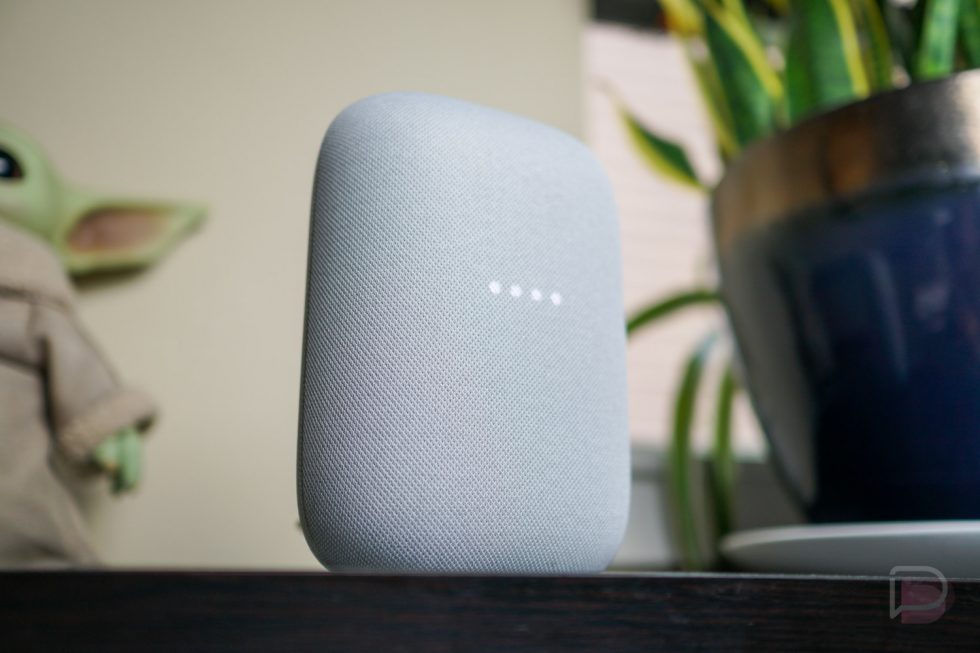
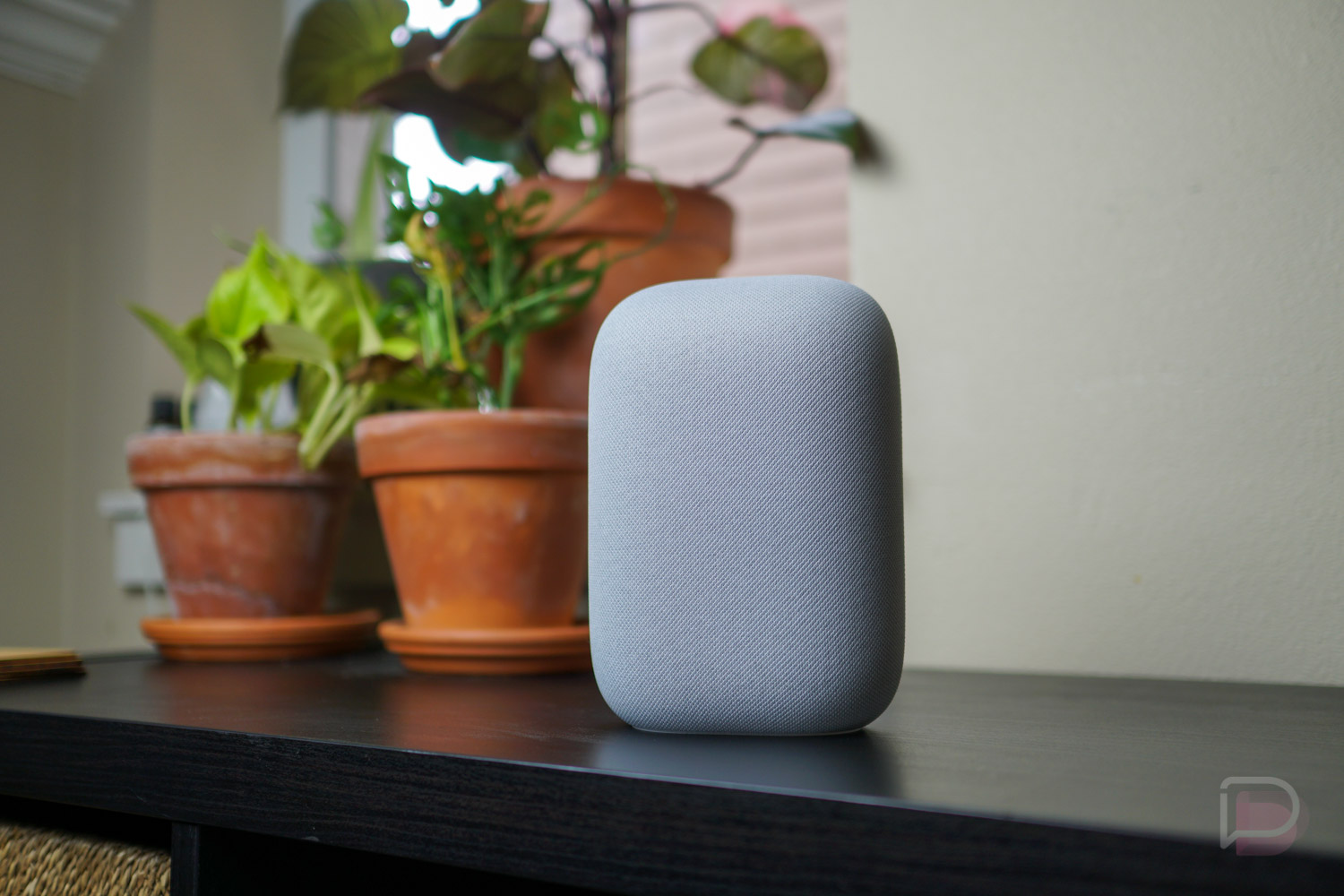
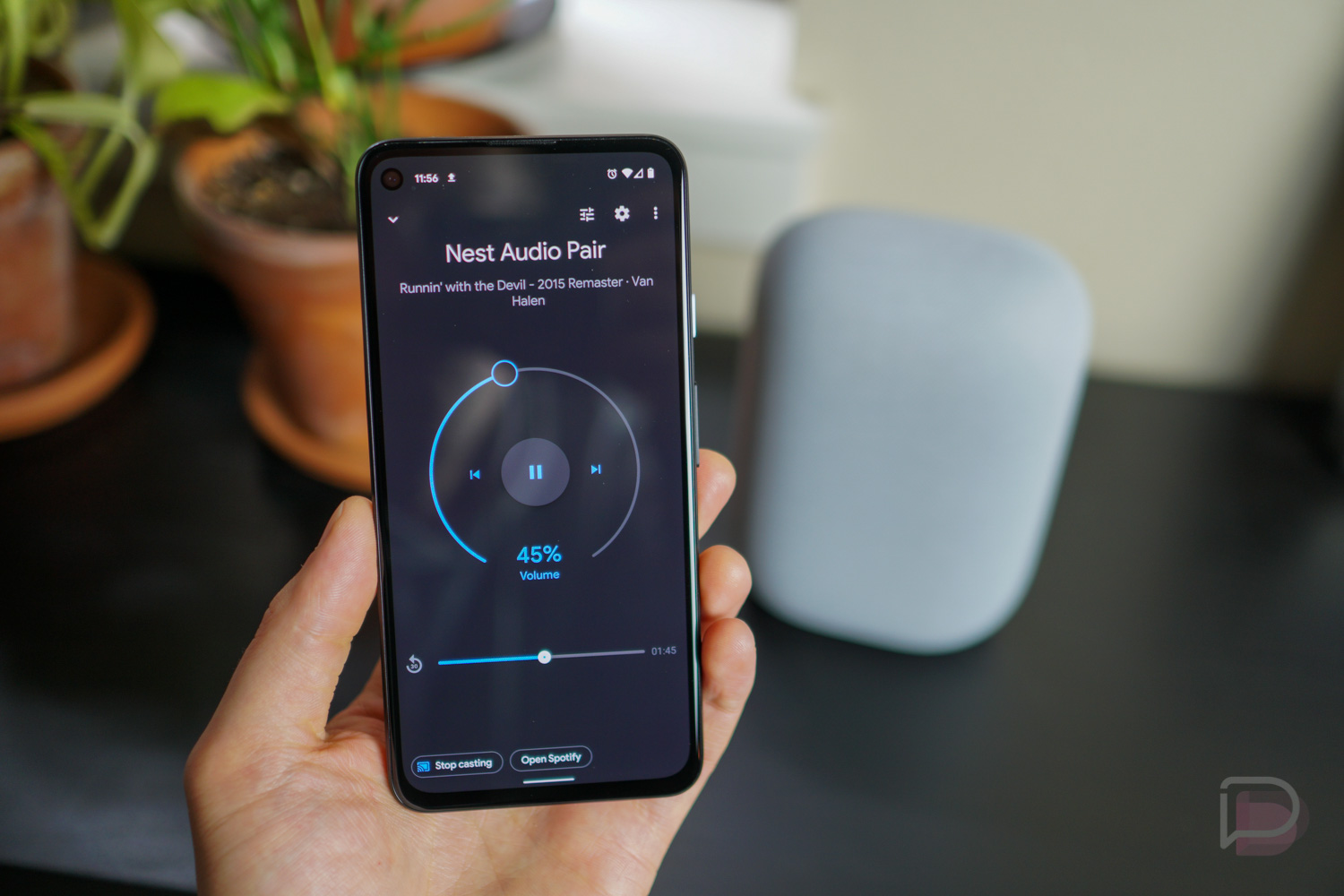
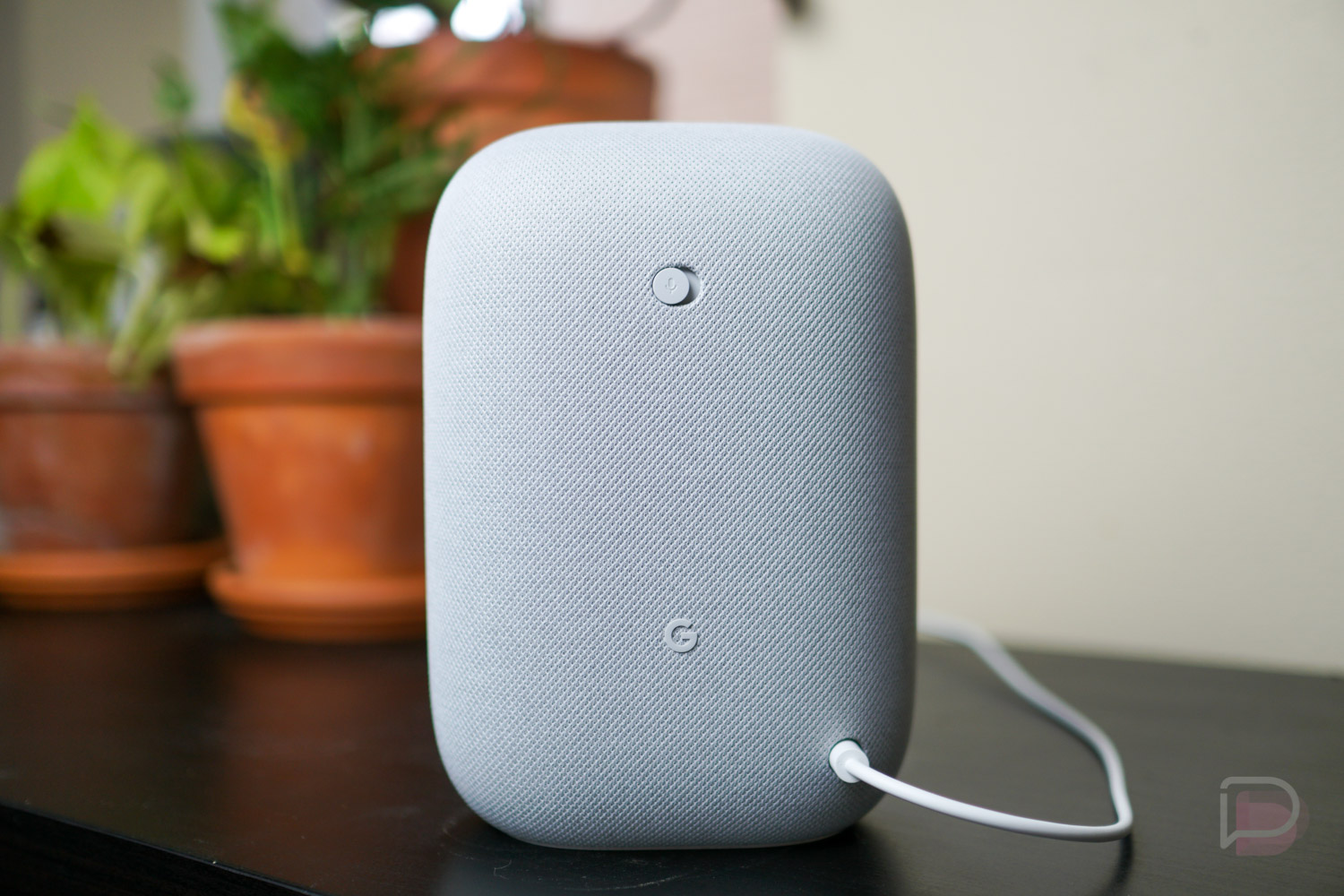
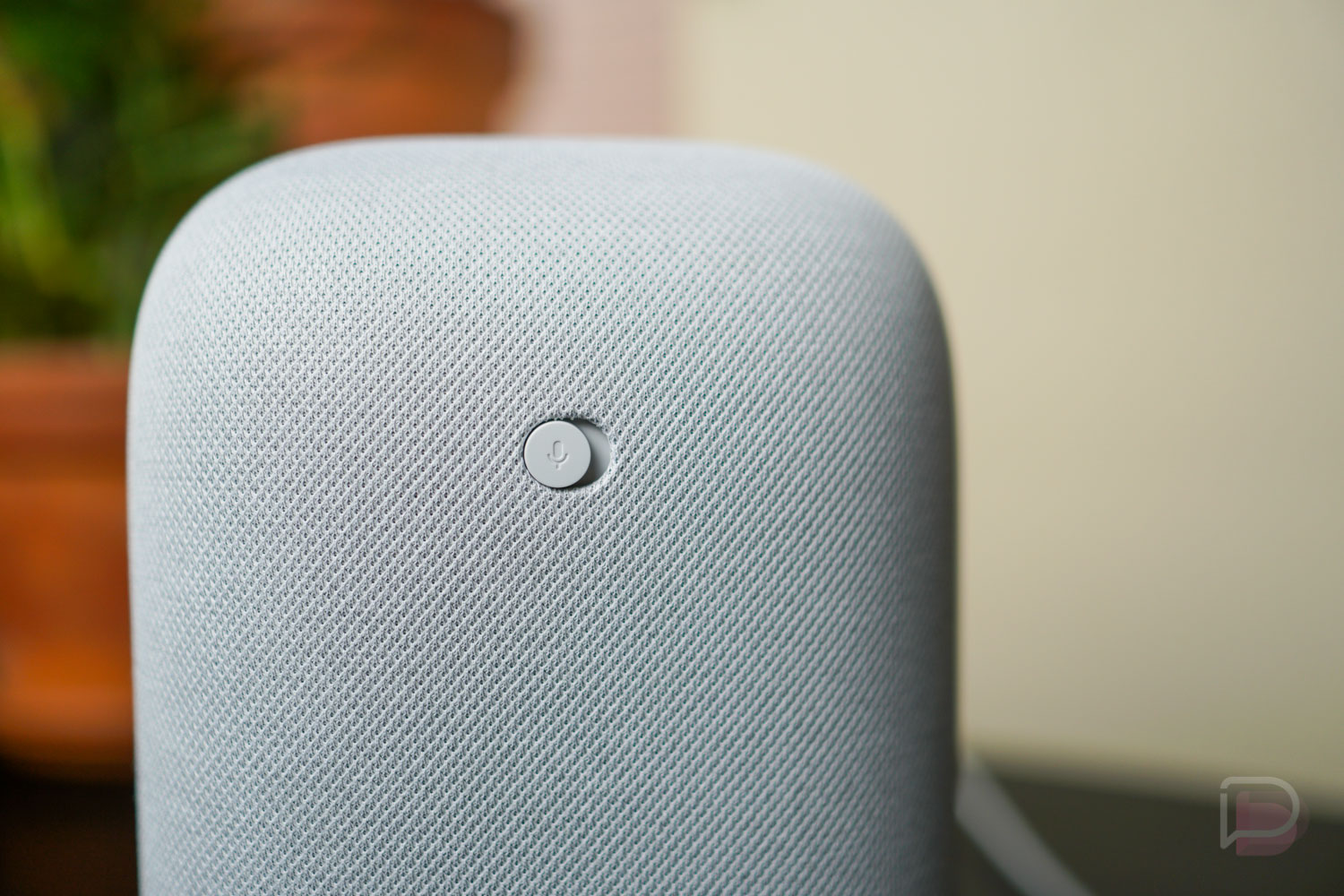
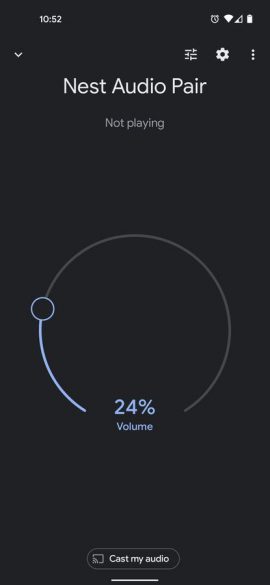
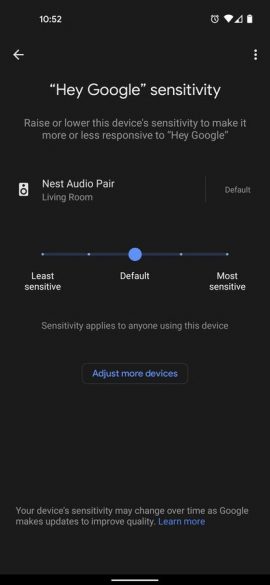
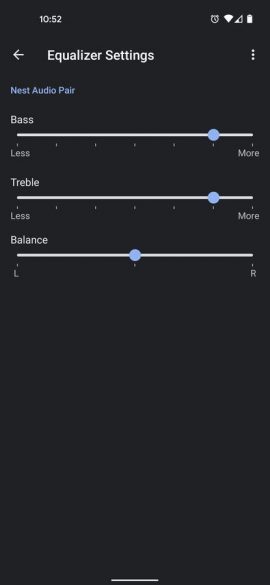
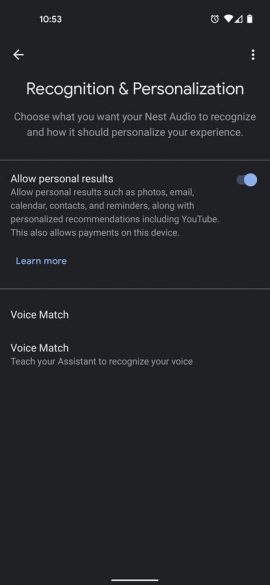
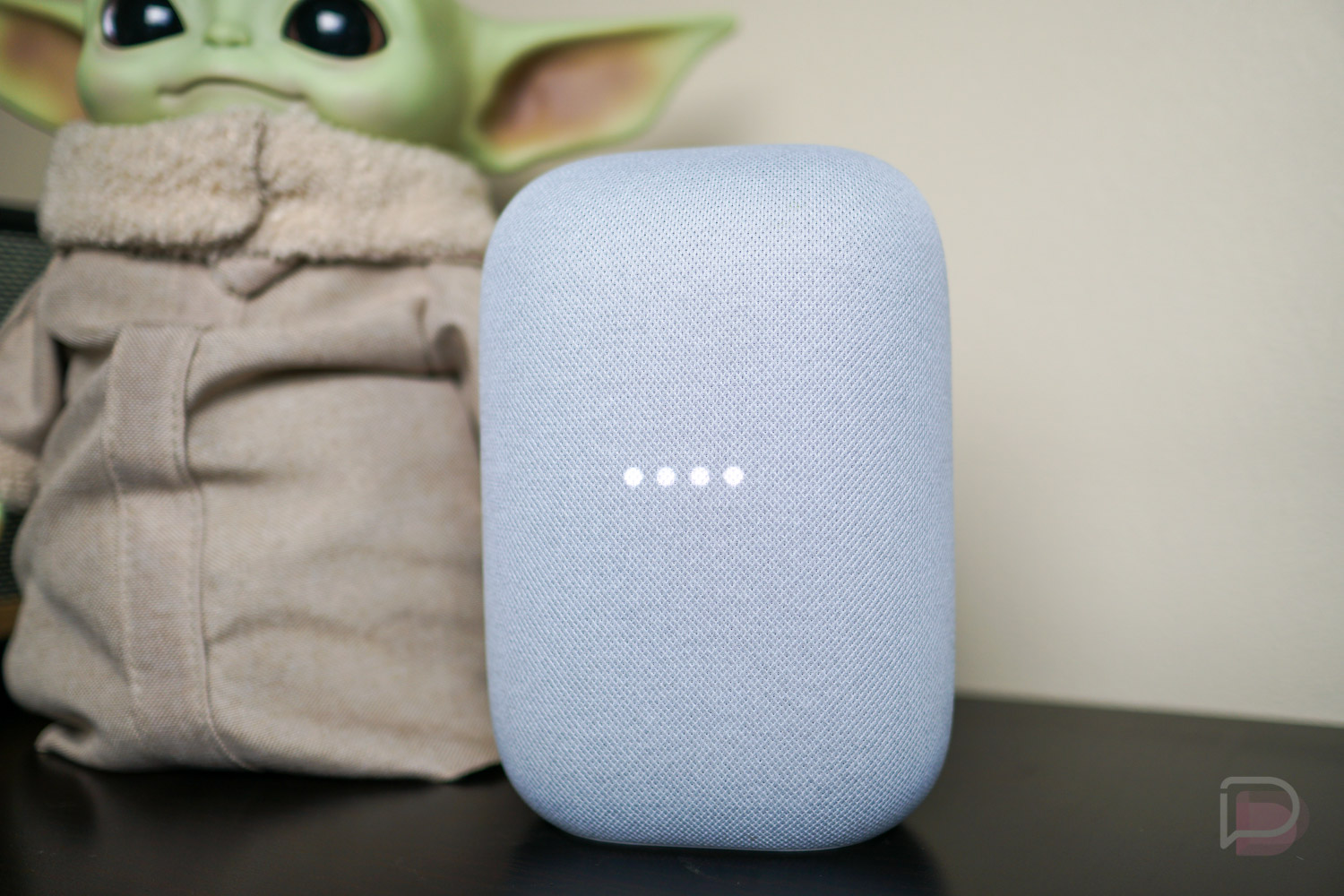
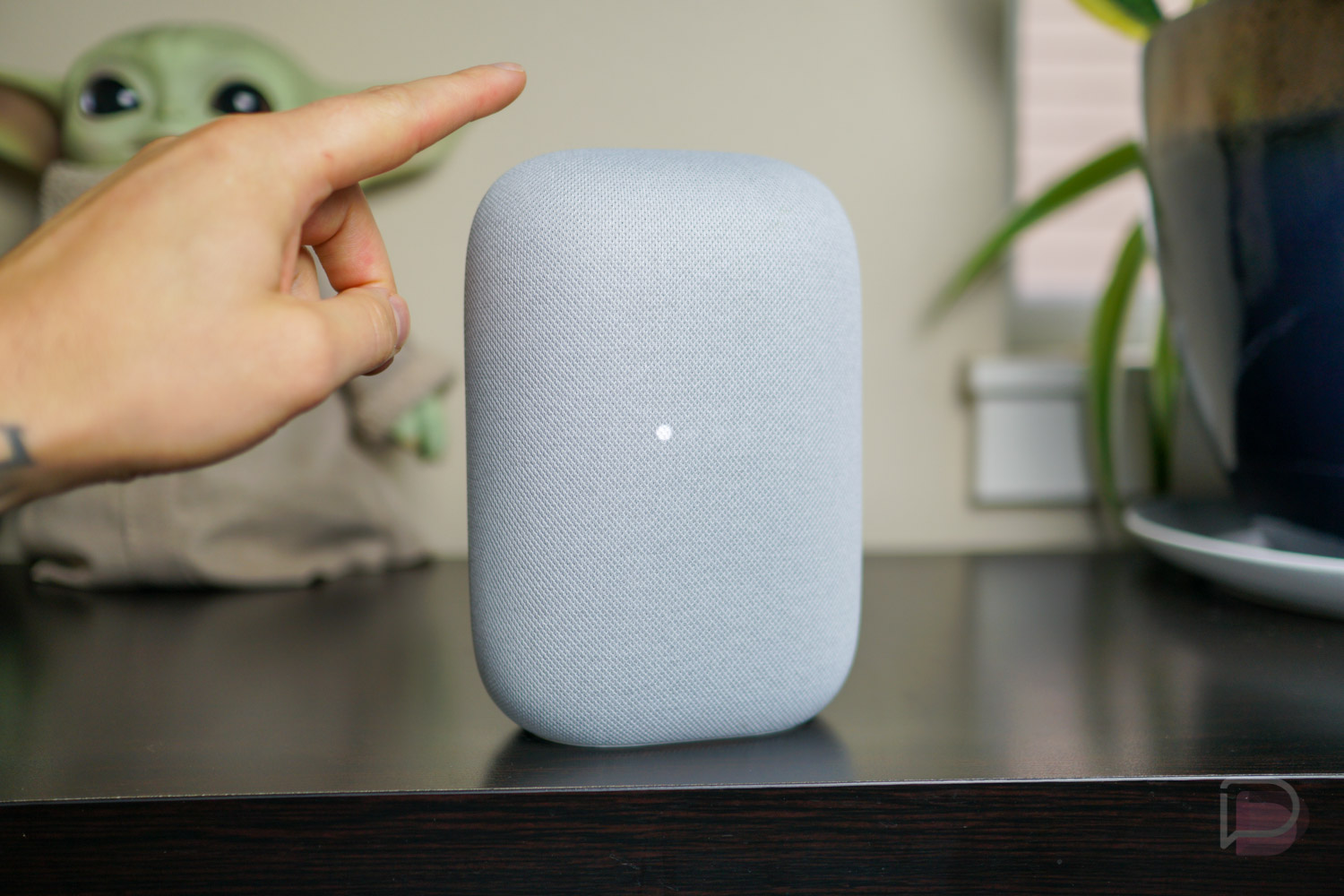
Collapse Show Comments16 Comments